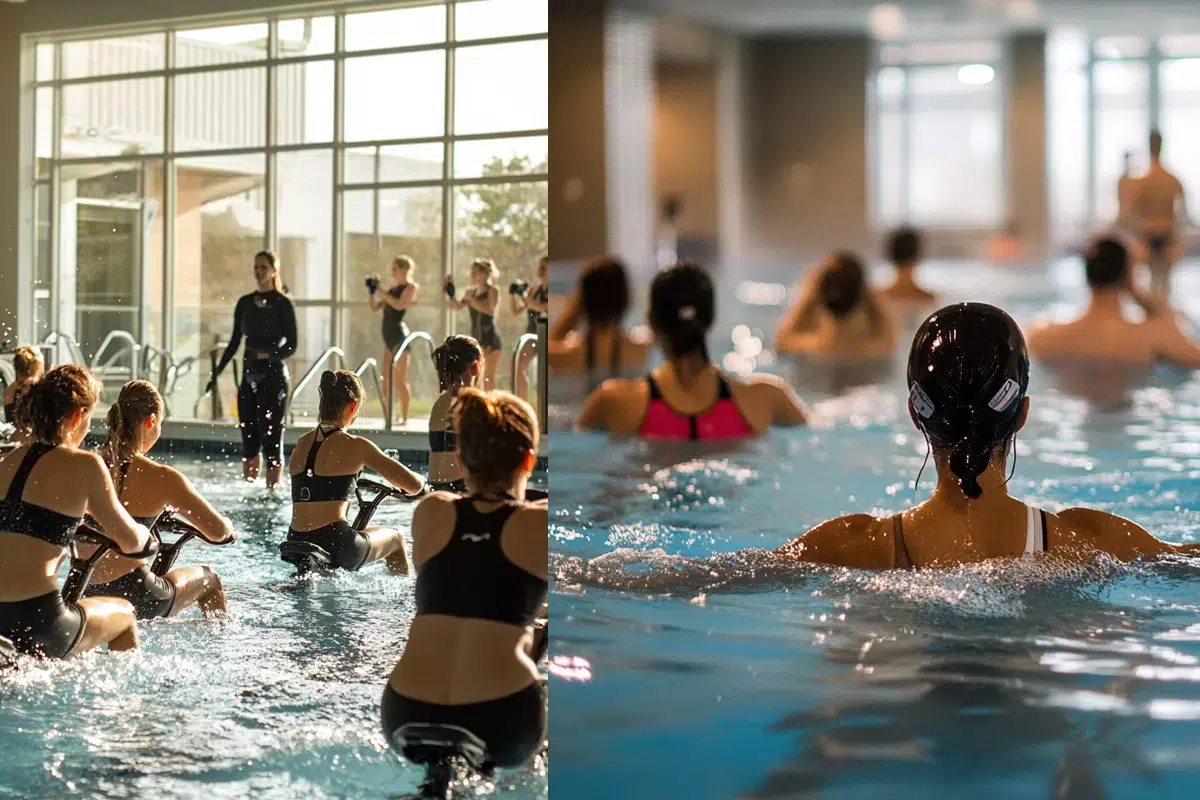Show summary Hide summary
- What are the health benefits of dancing?
- More information about dancing
- Top 5 advantages and benefits of dance
- What are the contraindications and disadvantages of dance?
- The different types of dance: information and practical advice!
- Some other fitness and endurance sports: Strengthen your body and heart with these activities.
- Discover the health benefits of other sports!
What are the health benefits of dancing?

All you need to know about dancing
What are the health benefits of dancing? Use the tool below to find out all the benefits of dancing and discover whether this sport meets your expectations and personal objectives.
More information about dancing
Is dance good for your health? Is it a good sport that’s accessible to everyone? Whether you’re a beginner or an experienced dancer, you’ll find a list below of the benefits and problems you may encounter when dancing.

Top 5 advantages and benefits of dance
Dancing is a discipline with many advantages. Here are just a few of them:
- Dance works the heart, endurance and breathing
- Dance helps to boost energy, flexibility and coordination
- Dance helps to maintain and shape your figure
- Dance improves self-confidence and self-esteem
- Dance reduces stress and depression
What are the contraindications and disadvantages of dance?
There are very few disadvantages to dancing. Certain more or less rhythmic dances require more stamina and energy. Although dancers should generally be in good physical condition, dancing is not recommended in certain cases (cardiovascular problems, neurological disorders, respiratory problems, spinal problems, etc.). Finally, like any physical activity practised in high doses, dancing can also expose you to pathologies such as tendonitis, sprains, strains and sciatica.
The different types of dance: information and practical advice!
Dance is a discipline that involves moving the body in space by executing technical and artistic figures to the rhythm of music.
Since the dawn of time, dance has been used by different cultures as a ritual, a message, an art form or simple entertainment. Contemporary, classical, traditional, urban, it covers several categories and remains accessible to all today. Whether you like to dance alone, as a couple or in a group, and whatever your level, there’s something for everyone. From children to senior citizens, not forgetting young adults looking to meet new people and get together, this healthy activity is becoming increasingly popular because of the many benefits it offers.
Some other fitness and endurance sports: Strengthen your body and heart with these activities.
Fitness and endurance sports are excellent for improving your overall fitness, strengthening your heart, and burning calories. They can be practiced in gyms or at home, offering great flexibility. Discover these sports for a comprehensive and varied workout:
- Elliptical trainer: The elliptical trainer provides a low-impact workout that strengthens both legs and arms.
- Fitness training: Fitness training involves a variety of exercises aimed at improving strength, flexibility, and overall physical fitness.
- Indoor cycling: Indoor cycling is a rigorous workout that enhances cardiovascular endurance and strengthens leg muscles.
- Treadmill: Running on a treadmill offers a convenient way to improve cardio fitness and burn calories indoors.
- Weight training: Weight training uses resistance to build muscle strength, enhance bone density, and boost metabolism.
- Step aerobics: Step aerobics combines rhythmic stepping patterns with upbeat music to improve coordination and cardiovascular health.
- Skipping: Skipping (jump rope) is a dynamic cardio exercise that improves agility, coordination, and endurance.
- Gymnastics: Gymnastics involves acrobatic movements that develop strength, flexibility, balance, and coordination.
- Power Yoga: Yoga focuses on poses, breathing techniques, and meditation to promote physical strength, flexibility, and mental relaxation. “Power yoga” refers to a dynamic form of yoga.
- Zumba: Zumba combines Latin and international music with dance movements to create an exhilarating aerobic workout that improves cardiovascular health and coordination.
All you need to know about dancing
Discover the health benefits of other sports!
All sports in detail!




















































